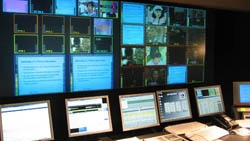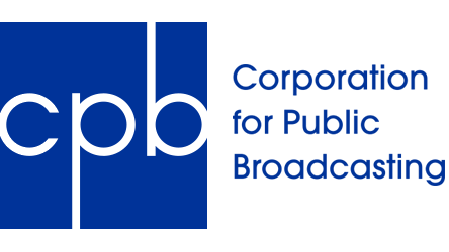Efficiency is the key word for automation

Sundance Digital automation at KLCS-TV, an educational station in Southern California.
In its continuing series, Automation Technology Update is visiting automation vendors to get their viewpoint on key industry issues. This week we talked to Robert Johnson, president of Sundance Digital. Based in the Dallas, TX, Sundance has been supplying broadcast automation systems for more than 10 years.
Automation Technology Update: What is the most important reason that a broadcaster should use automation?
Robert Johnson: The key word is efficiency. By improving efficiency, a station can run master control with fewer personnel. This allows the current staff to be repurposed to more creative roles.
ATU: What areas should a broadcaster automate first?
RJ: Commercial playout has to be first because this is the station’s revenue stream. Allied to that is the media ingest. Only somewhat less so is program playout.
ATU: Does this mean broadcasters can approach automation with a building-block approach? Start with commercial playout and then add program playout or news automation?
The professional video industry's #1 source for news, trends and product and tech information. Sign up below.
RJ: Our product line is modular. That said it would not make sense to buy core automation components from different vendors. It would make for a difficult system to maintain. However, associated applications, such as digital asset management, traffic and media management could well come from different vendors, and we partner with several players, especially for traffic.
ATU: What are some of the regional differences in how automation is implemented?
RJ: For us, language is the biggest difference. We operate in North and South America as well as in the Asia-Pacific rim. We use double-byte character sets throughout so the technical issues are not great. However there are regional differences in presentation style. For example, most countries fade to black between commercials, but in Japan there is no black. A single frame error here would lead to a make-good.
ATU: What immediate benefits would a broadcaster see with the implementation of automation?
RJ: The most obvious benefit is efficiency: the station can do more for less. Automation means fewer on-air errors, plus the station can now run a more complex playlist. Something stations may not think about is that a tighter presentation can allow customers to gain an extra 15 seconds per hour. That’s time that can be sold.
ATU: We’re hearing that control of on-air playout should really be moved from master back into the traffic department. While this would allow the folks actually booking the time to set the on-air play out, I’ll bet a lot of engineers will panic at this thought. What’s your opinion?
RJ: We have been enabling that style of operation for years. I would say we pioneered the concept with some of the PBS stations. Our early work ended up kicking off the SMPTE S.22 committee, which has been looking at interfacing automation and traffic. We have been active in the committee ever since. However, like most standard bodies, it is moving slower than the market needs. We will be shipping a new product with these types of control features ahead of the standard’s finalization. Even so, we’ll ensure that it maintains full compatibility.
ATU: What challenges does this place on an automation vendor? What differences does this make in the operation of the control room?
RJ: It’s not technically difficult. It’s more about the business rules. Traditionally, traffic created a rough playlist, and master control tightened it up before air. Traffic is going to have to create a finished playlist if they are running the show. Multichannel operation has been a big driver for more accurate playlists. I still can’t see master control becoming unmanned. You will still need an operator to monitor transmission.
ATU: How can a customer estimate the ROI for an automation system?
RJ: We find that customers looking for playout automation have figured it out before they come to us. Any reduction in head count is easy to calculate, and then there is the reduction in make-goods when a commercial doesn’t air. As far as newsroom automation, the ROI is less obvious. Here, we find that automation simply frees up staff to make more and better content for the newscast.
ATU: What’s the next big idea in automation?
RJ: We see it being an evolutionary growth rather than a big step. There are allied areas where we expect changes especially in digital asset and media management, and in workflow management. Automation will spread back up the chain into content creation tasks.
Here’s a good example. Some syndicated programs are being distributed in non-real time with the segment information already packaged with the content. All this information can be added to a playlist with a simple drag-and-drop operation. These may be small steps, but they add to the overall efficiency of an operation.
For more information, visit www.SundanceDigital.com.
